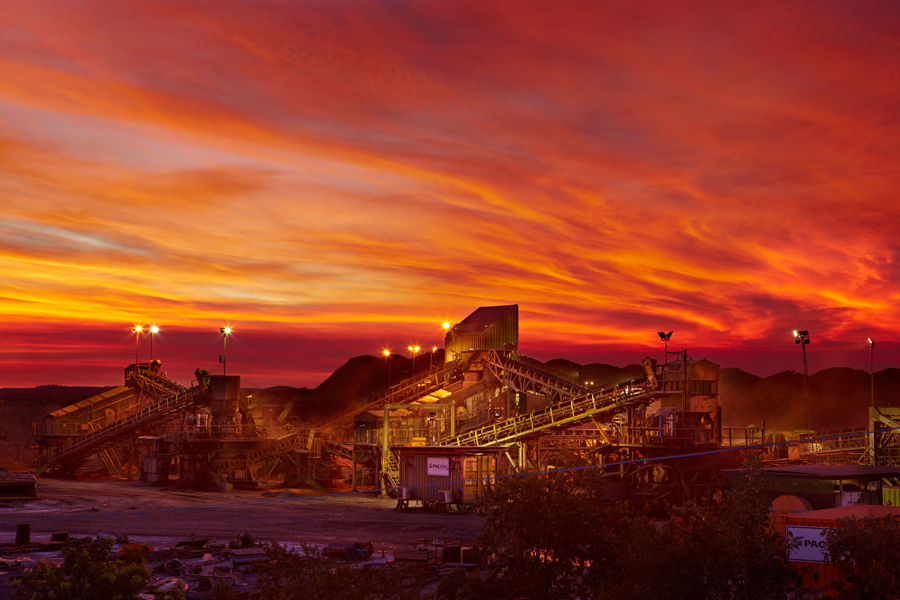
The price of zinc pulled back on Tuesday, easing to $2,797 a tonne ($1.27 per pound) after a reports that pointed to fewer supply constraints and lacklustre demand for the metal dampened sentiment. Zinc, mainly used to galvanize steel, is still trading 9% for the better year to date after a 60% rally in 2016 made it the best performing commodity of last year.
Reuters reports zinc bulls expected shortages to develop in China, responsible for more than 40% of world demand, where physical market premiums in Shanghai reached a four-year high of $195 a tonne in June before pulling back to $175:
“We think the second-half 2017 fundamental outlook for zinc looks less supportive, easing supply constraints and questionable demand strength,” JP Morgan analyst Natasha Kaneva wrote in a note.
JP Morgan last week advised clients to take a short position in zinc, targeting a decline to $2,400.

The bearish prediction is in contrast to data from Lisbon-based International Lead and Zinc Study Group released yesterday that showed the global lead market recording a deeper deficit of 178,000 tonnes during January to end-May from 133,000 tonnes during the same period last year.
According to ILZSG mine output increased y 320,000 tonnes to 5.37 million tonnes from January to May, up 6.3% compared to 2016.
Apart from higher mine output, forward sales by producers such as Nyrstar which said earlier this month 70% of its output for the first half of 2018 has been hedged, is further clouding the outlook for zinc:
“There’s always the danger that the market will be capped by producer selling and that hidden inventories will seep out, that’s a perennial problem,” said Bhar, who forecast that third-quarter LME prices would average $2,520 a tonne.
In addition to 368,569 tonnes of zinc stored in warehouses registered by the LME, the Shanghai Futures Exchange (ShFE) and the CME, analysts estimate there are up to 1.5 million tonnes of additional metal in other depots around the world.